Tons of components affect the way your vehicle handles as you drive down the road. One of the most effective components that stabilize your vehicle is the sway bar.
But what exactly are sway bars, and how do they work?
In this guide, we’ll explain everything you need to know about sway bars, whether you’re replacing one or just trying to figure out how they work.
What Is a Sway Bar?
A sway bar, also known as an anti-sway bar, anti-roll bar, or a stabilizer bar, is typically a u-shaped metal bar connected to the strut or control arm, located by each of the vehicle’s wheels. Not every vehicle has one, and there are multiple types.

Sometimes sway bars don’t come in their typical “u shape”. Some are solid while others are hollow. While a sway bar’s exact physical appearance can vary, they all serve the same purpose.
What Does It Do?
So what do sway bars or anti-roll bars do?
Their name is a bit misleading, which is why many people refer to them as anti-sway bars or anti-roll bars. That’s because they limit how much your vehicle sways when driving around corners or turning.
Another way of saying this, is that they reduce body roll.
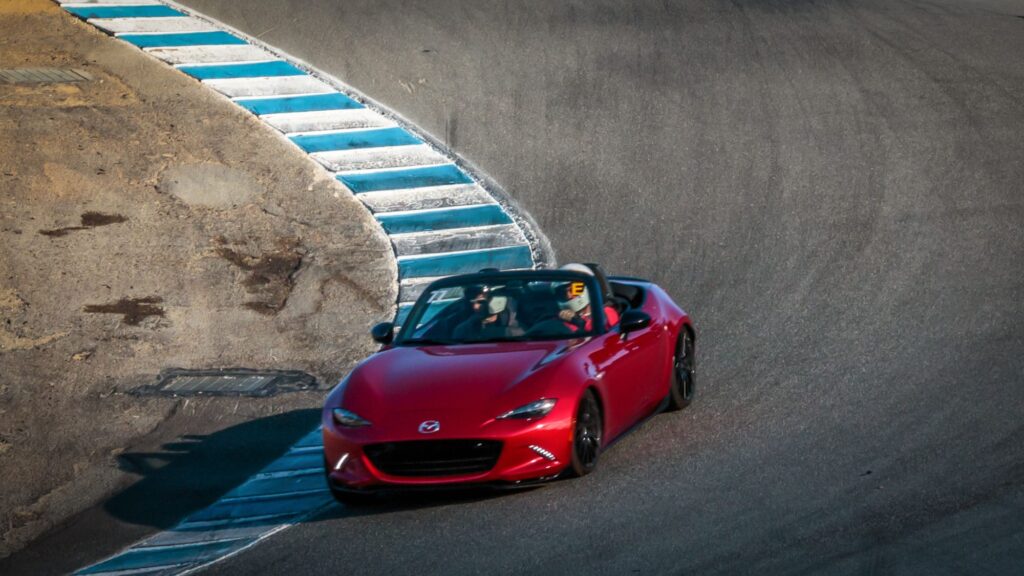
The simplest explanation for a sway bar’s purpose is to keep all four of your wheels on the ground, to prevent you from accidentally flipping your vehicle.
How Do Sway Bars Work?
Knowing what a stabilizer bar does is one thing — but knowing how they do it is another topic altogether. So how does a sway bar work? We’re glad you asked.
As your car turns, it puts a lot of pressure on your car’s suspension and steering system. Without anywhere to put that tension, your vehicle can end up “swaying” and if the problem is severe enough, your car can end up flipping.
Your car needs an outlet for all that force; controlling where it goes. By doing this, your vehicle can stay stable and handle those sharp turns a little better. Sway bars do this by twisting as your vehicle turns.
As soon as your car is finished turning, the sway bars straighten back out.
You might think that all this twisting and turning would wear them out, but they are built to handle this motion, and typically last your vehicle’s lifetime.
However, the mounting bushings and sway bar links can wear out, so you might need to replace them to eliminate any excess play.
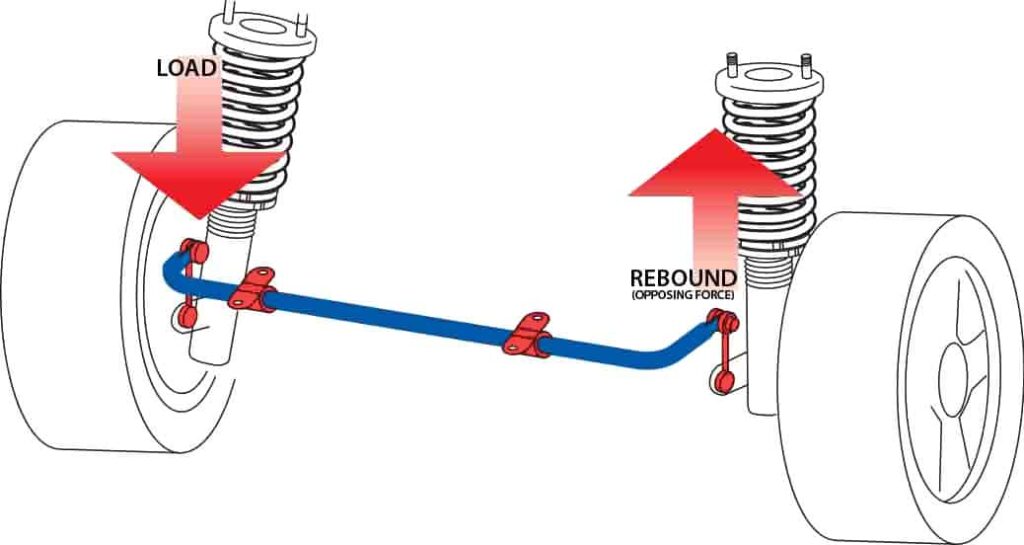
Different Types of Sway Bars
While most sway bars are a u-shaped bar that twists to help keep your vehicle from flipping, there are several different types used today.
The four most common sway bars are:
- solid
- hollow (tubular)
- splined
- active anti-roll bar system
They all perform the same function, but how they do it, varies slightly.
Solid Sway Bars
These are the most common type of sway bars found in modern vehicles. They are a solid u-shaped metal bar that connects one wheel assembly to the other on the same axle.
They work by twisting as you drive around corners to displace the extra tension. Solid sway bars are long-lasting and durable, but they are heavy as a result.
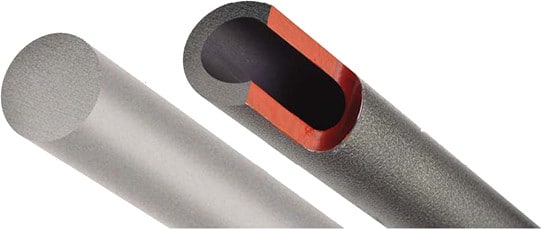
Hollow Sway Bars
Hollow or tubular sway bars are identical to solid units in every way but one. Instead of a solid metal bar, they are hollow on the inside.
This has several performance benefits, despite maintaining the important quality of lasting a long time without cracking.
Performance sway bars are a little more expensive than solid units, but their reduced weight makes them more popular with enthusiasts who are modifying their car.
They are typically stiffer than OEM units, and can be used to improve oversteer or understeer characteristics of your car.
Splined Sway Bars
While most are u-shaped, there are a few that are completely straight. These are known as splined sway bars, and can be both hollow or solid. They work in the same way as a traditional unit, but they spin directly into the connecting arms.
Splined sway bars are common in racing and performance vehicles. You can easily adjust them, allowing you to adjust your track car for the course you’re racing that day.
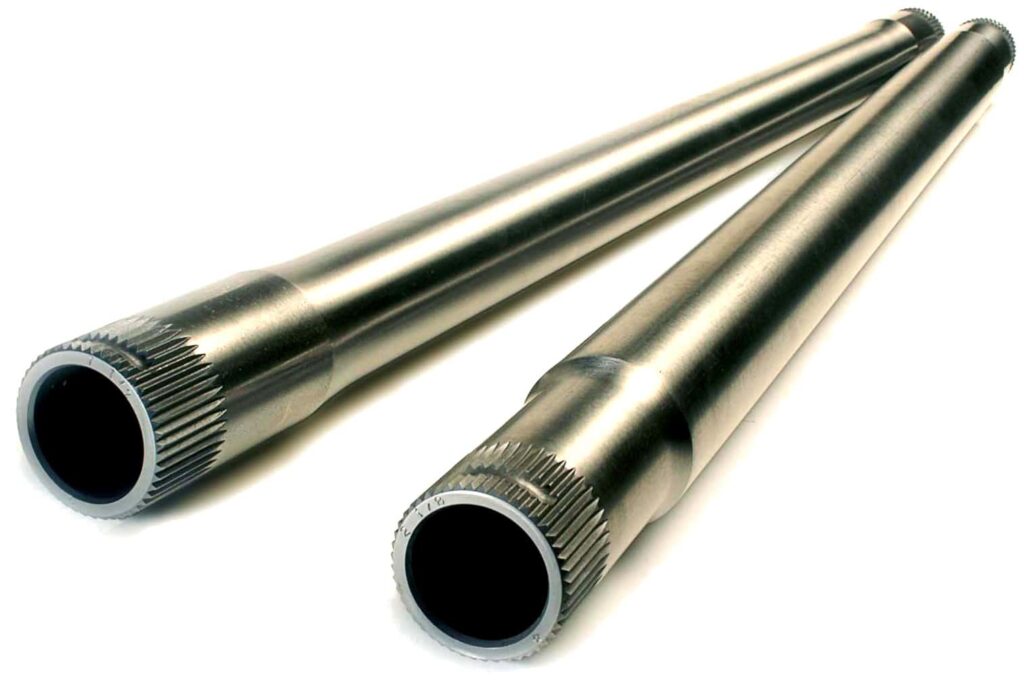
Active Anti-Roll Bar System
While hollow and splined sway bars are seen in performance vehicles and race cars, another system puts both those to shame. It’s the active anti-roll bar system.
This is an electronic system controlled by your vehicle’s ECU. The computer works with sensors and actuators to change your vehicle’s suspension as you round corners. They can also adjust your suspension roll center on the fly.
By lowering one side of your vehicle to adjust for the shifting momentum, your car eliminates the need for a traditional sway bar.
This means less weight, which can give a considerable performance boost. However, you’ll only see these systems on extremely high-end vehicles.
Other brands use sway bars but have a method of adjusting their stiffness in real time. Development in this space is changing fast, so there will surely be more variations in future as well.
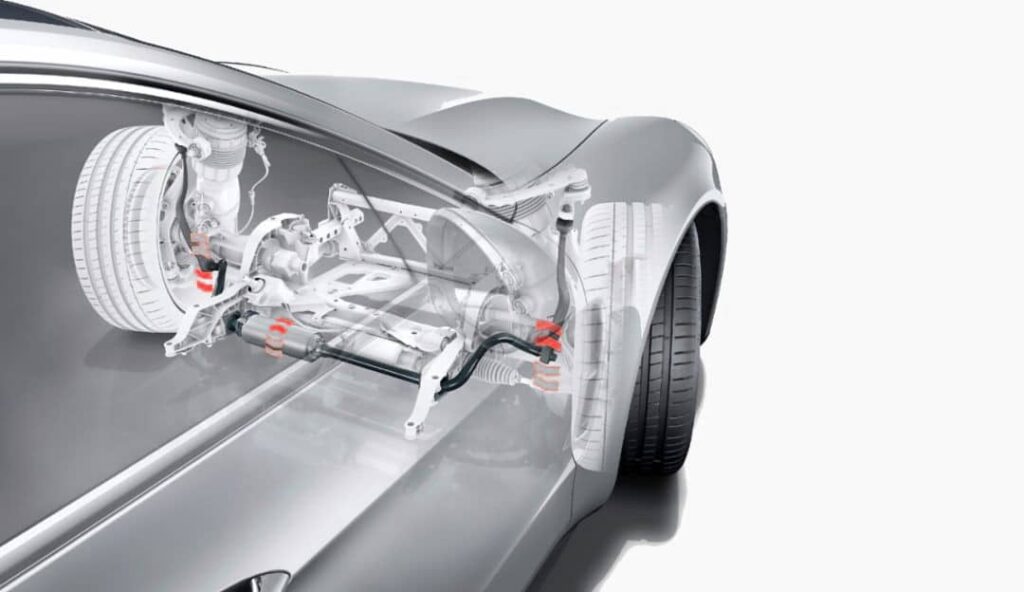
How to Replace and Adjust Your Sway Bar
While it’s uncommon for a sway bar to fail, the bushings and end links often wear out. Even if you’re just replacing these, you’ll need to remove the entire bar.
The exact steps vary by vehicle, but it’s not as hard as you might think as long as you have a quality mechanic’s tool set and some other equipment. To make the job easy you’ll want to have:
- an ultra low profile floor jack
- jack stands
- a ½ and ⅜ drive automotive socket set
Start by jacking up the appropriate end of the vehicle — if you’re working on the front sway bar, jack up the front. If you’re working on the rear sway bar, jack up the back.
While it’s not always necessary to remove the tires, it’ll make the job far easier if you do.
From there, remove the bolts connected bar to the end links. After this, you can move to the bolts holding the bushings to your vehicle’s frame.
Once you have removed both sets of bolts, try to pry the bar from the housing gently. Often it will hit various components before you can thoroughly remove it.
Remove one side at a time and pull the sway bar out of the wheel well. Since it is typically u-shaped, you won’t be able to pull it straight out.
After successfully removing it, you can replace the bushings or the entire unit.
From there, you can reinstall by following the same steps. It might take some work to get everything back into place, but if you got the old one out that way, the new one will fit right in.
Adjusting a Splined Sway Bar
While traditional types aren’t easy to adjust, splined sway bars are quite the opposite. All you need to do is spin the bar one way or the other to shift it over. The farther you shift it, the more it’ll affect how your vehicle can handle turning in that direction.
However, the tradeoff is that it won’t prevent rolling in the other direction as effectively. It’s perfect for vehicles that are constantly turning in the same direction on the track.
A sway bar that is perfectly centered will prevent rolling equally no matter which direction you’re turning — which is precisely what most daily drivers want.
Difference Between a Sway Bar and Shock Absorbers
While both sway bars and shock absorbers affect your vehicle’s suspension, they are entirely different components that work in entirely different ways.
Shock absorbers perform a ton of nifty features, but keeping your car from twisting and swaying isn’t one of them.
Instead, shock absorbers are often part of your struts, and keep your vehicle from bouncing excessively and give you a smooth and comfortable ride.
Moreover, sway bars are a single function component. They keep you steady and help you control your vehicle while you’re turning, but they don’t help level your vehicle or perform any other suspension like functions.
Difference Between a Torsion Bar and a Sway Bar
Sway bars and torsion bars are two of the most commonly confused car components. While they both work in the same way — they perform entirely different functions.
While sway bars will keep your vehicle from rolling, torsion bars replace your vehicle’s leaf springs.
Simply put, torsion bars are a suspension leveling component, while sway bars are an anti-roll device.
Sway Bars: The Final Twist
Everything in your vehicle works in perfect symphony — and these simple components are no different. They connect to your vehicle’s struts or control arms, and as these components compress and shift, the sway bar twists.
If you’re still unsure what sway bars do — just know that they twist, and this keeps your vehicle from doing the same.
Older vehicles didn’t have sway bars, but as engineers mastered the physics behind vehicles, they found that these innovative devices improved performance and saved lives too.
So, next time you hit that corner a little too fast, give thanks to them for keeping your wheels on the tarmac!
What’s your take on the different types? Which one worked well for you? Tell us about your experience in the comments below!


2 comments
On my 2006 Nissan 350z roadster I installed a skunk2 plenum with a spacing of 5/8″. Now the existing support bar does not fit and I need a different front strut bar. Do you know of an option that will not interfere with the hood, while also help to stiffen the right and left sides of the car?
Get a Nissan Qashqai then.